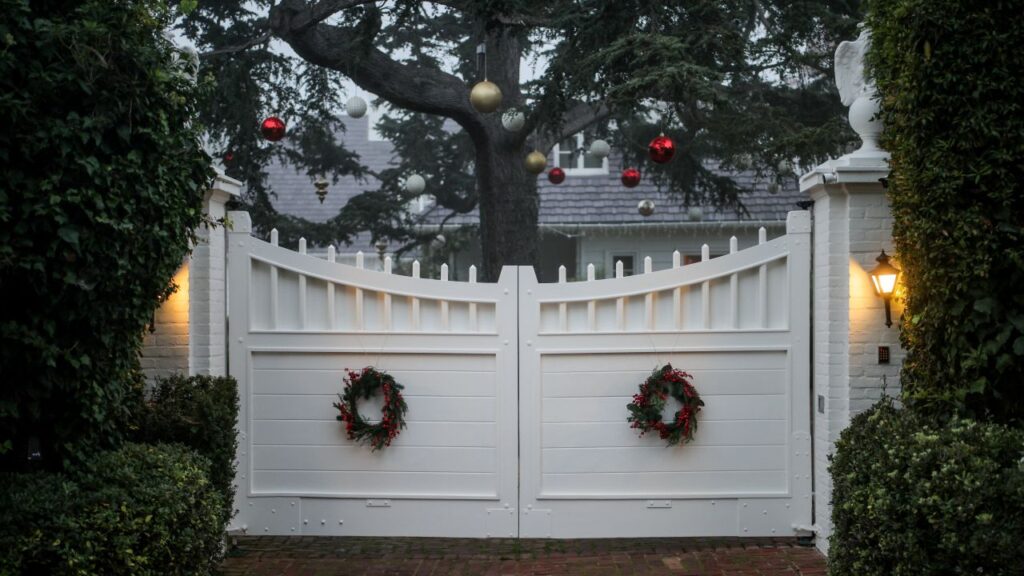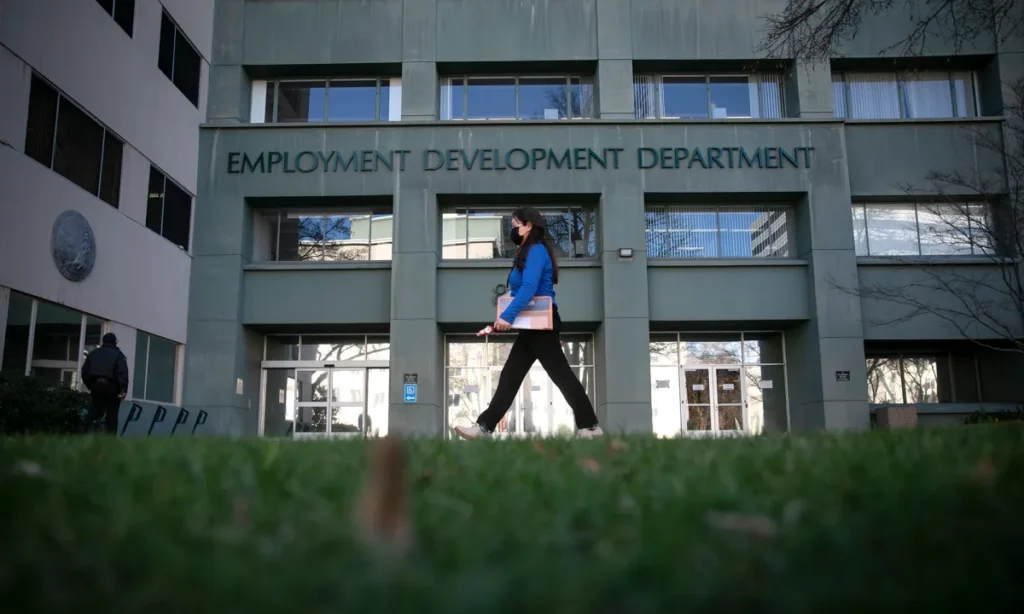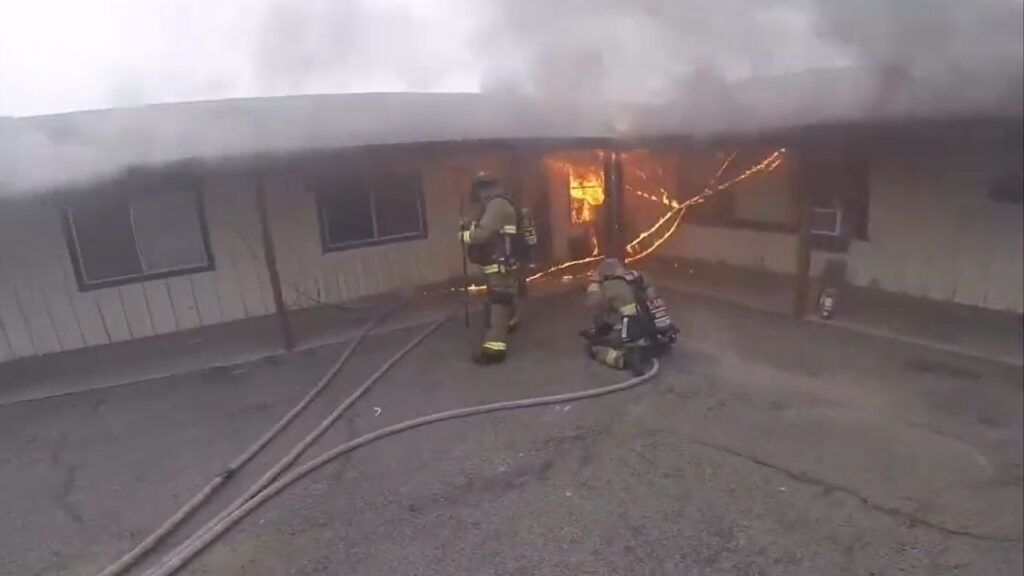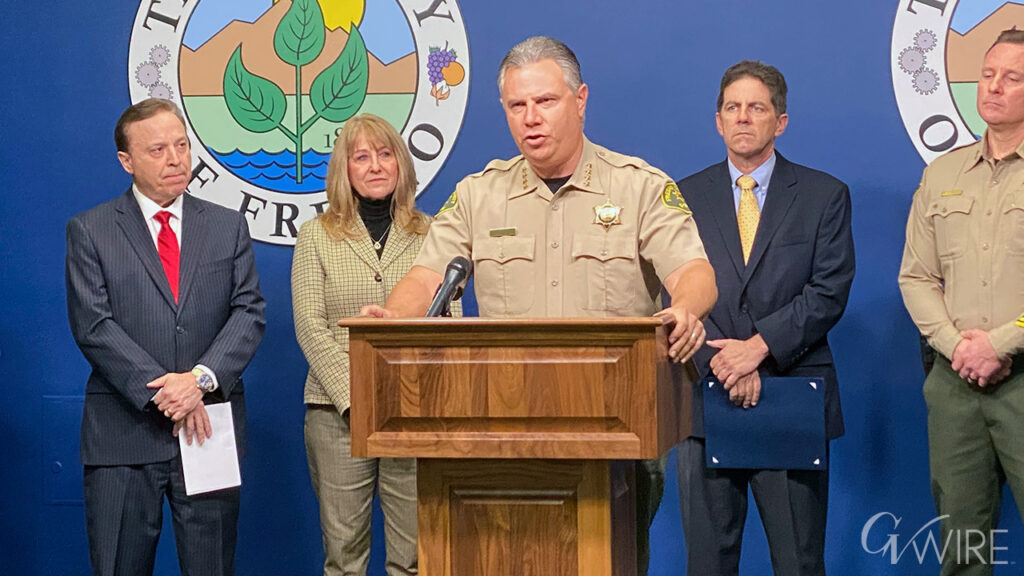A housing market study shows Fresno will need 47,000 more housing units. The city's southeast can absorb much of that, but local leaders worry about the cost. (GV Wire Composite/Paul Marshall)

- The first phase of Fresno's Southeast Development Area would cost $2.2 billion before building is completed. The full project would be $4.3 billion.
- Development fees and new tax areas would help while leaving a $93 million shortfall, according to a financial study.
- While some local leaders worry the costs will threaten services, developable space is running out and Fresno needs more property tax revenue.
Share
Fresno City Council got its first look at the price tag behind a massive, decades-old plan to develop the southeast part of town.
The city has finished its plan and environmental review of the 9,000-acre Southeast Development Area. A financial study shows it will cost $2.2 billion to construct the needed water, roads, and police and fire service for the first phase and $4.3 billion for the entire plan.
The study also shows that, given the necessary tax tools, the first phase of the project would still have a $93 million shortfall. Developer fees and a special assessment can raise about $1.8 billion, according to the financial study.
A separate housing study shows strong demand for new homes and apartments throughout the city over the next 25 years, including in SEDA, but the new construction will have to bear significant additional costs for the infrastructure.
Fresno Mayor Jerry Dyer wants to limit the plan to a southern portion envisioned as roughly 66% commercial space and 33% residential. This area would pay for itself and then some, according to the city’s financial analysis.

“As it stands now, there’s not a lot of new projects going on. The city needs new housing, the city needs jobs. SEDA represents both of those opportunities.”
— Darren Rose president of the Building Industry Association of Fresno Madera Counties
Clovis Unified School District wants the plan to move forward as the success of its newest school complex depends largely on Fresno following through with SEDA.
The complex plan is dividing the city council. Councilmembers Miguel Arias fears the impact that urban sprawl could have on the city, especially if the debt from SEDA falls on the city’s interior.
Environmental groups and many residents of SEDA also oppose the plan, saying it would get rid of prime farmland and greatly add to carbon emissions.
Arias said it would put the city on the path to bankruptcy. The city is currently on a hiring freeze and must borrow $100 million to fix existing streets.
“On one hand, we’re being told that just to fix the existing roads in a small percentage of our city, we must have max out the city credit cards, keep vacancies open,” Arias said. “Yet somehow, we can afford an additional billion and a half dollars worth of debt for an area that would be two-thirds industrial development. Not even fully housing.”
Financing Options Are on the Table
Others counter that unlike past urban sprawl, the council will have several options for how to pay for services, with many of them falling on developers or homeowners in the new area.
The plan also provides land for future growth and a stronger tax base in the city, said Darren Rose, president of the Building Industry Association of Fresno Madera Counties. A housing market study commissioned by the city shows housing demand throughout the city. That same study shows single-family home capacity in certain areas of the city in the coming decade.
“The city and the city council are at a real crossroads for the future of development in Fresno,” Rose said. “As it stands now, there’s not a lot of new projects going on. The city needs new housing, the city needs jobs. SEDA represents both of those opportunities. Additionally, periphery development provides property tax base. The city needs property tax base. The city needs property tax base because property tax goes to the general fund which funds fire, police, and other city services.”

Council Needs More Details on Financing Math: Arias
The city divided SEDA into four portions across three phases. The first phase includes the area’s northern- and southern-most portions. While south SEDA has nearby water lines making it the easiest of the different phases to develop, north SEDA would require a major financial commitment.
Bringing water, drainage, police, fire, and schools to south SEDA — south of Jensen Avenue and between Temperance and Minnewawa avenues — would cost about $537 million. The initial investment, before development can begin, would be about $61 million.
With developer fees, state and local grants, and special tax assessments for the area, analysts estimate they can raise $280 million above that cost.
Building in north SEDA would require $1.4 billion, including the police, fire, and schools that come in the later stages. Even after developer fees and the special financing district, the area would be $374 million short.

“I don’t see how we can make a multi-billion dollar decision on creating generations of debt without basic information and access to the author of this financial plan.”
— Fresno City Councilmember Miguel Arias
Before any significant building can be done there, predevelopment would cost $222 million — largely because a major sewer trunk line needs to be installed.
Arias doubts developer revenue will be as high as predicted.
Other developments such as Fancher Creek were supposed to pay for themselves, but the city recently paid $2.7 million to install water infrastructure that developer Lance Kashian Co. was supposed to pay for.
Arias said he’s requested to meet with the report’s authors to see the math showing that development, water, and school fees will generate the money the authors say it can.
He’s been denied that request but he said he would request a change to the contract to allow councilmembers to speak with the report’s authors.
“I don’t see how we can make a multi-billion dollar decision on creating generations of debt without basic information and access to the author of this financial plan,” Arias said.
New Single-Family Home Capacity Running Out in Certain Areas: Housing Study
The city could begin running out of capacity for single-family homes in several submarkets in the next 10 years, according to the city’s Housing Market Demand & Segmentation Analysis. The city released the study in April to look at population growth and demand for housing over the next 25 years.
Planning and Development Director Jennifer Clark told GV Wire the study shows strong demand for Fresno housing despite a 2023 population forecast from the California Department of Finance showing growth crawling to a virtual stop. Fresno twice in the past two years blew past those projections. The finance department has since updated their forecasts.
“They actually feel that the city of Fresno is under housed, meaning has fewer housing units per job than is normal for a city our size,” Clark said. “They feel that there’s still a strong demand and still a growth in the housing market.”

The city’s housing market study projected a need for more than 47,000 housing units between now and 2049. Southeast Fresno has two of the four submarkets predicted to be built out in the next decade.
Capacity in established neighborhoods will also shrink. The city has turned to land west of Highway 99 and SEDA for future single-family home growth.
As time goes on, the west area and southeast will pick up most of the demand.
To capture that, analysts said the first homes should start becoming available in SEDA by 2030 and no later than 2035.
The master-planned community there with retail, multi-family and single-family homes could draw 38% of future demand in the city from 2030 to 2049.
Approving SEDA Prevents Leapfrog Development, Ensures Future Revenue: Clark
The city relies more and more on property tax revenue, Fresno Mayor Jerry Dyer told councilmembers at their May 1 meeting. Where sales tax and property tax once brought in about the same, property tax revenue has risen to 40%, up from 33% in previous years. Sales tax has fallen to about 30%.
What’s more, the city agreed to more favorable tax terms with the county at the end of 2024. The city will earn 51% of property tax compared to the 38% it would have gotten in SEDA before the new tax agreement. That deal, however, requires the city to approve the specific plan and environmental impact report. If it doesn’t, 100% of property taxes go to the county.
Clark said building in southeast Fresno will occur if the city approves the plan or not. Approving the plan prevents leapfrog development, Clark said, and also guarantees future revenue.
“The demand in the Southeast Development Area will persist even if the city does not adopt the specific plan,” Clark said.
Environmental groups and property owners in the area also oppose southeast growth. Many property owners have organized, appearing in force at hearings for the item. They say it will ruin their rural lifestyle and prime farmland in Fresno County.
Developing farmland would also permanently add significant amount of carbon emissions into the air, both from construction and from commutes. The city’s environmental report admits many of those emissions are unavoidable.
City officials say having nearby job centers in SEDA would reduce the amount of driving, but environmental groups and Arias have questioned those conclusions.
Clovis Unified Builds in Anticipation of SEDA
Clovis Unified schools have their own draw, Rose said. The district’s new Terry P. Bradley Educational Center at Highland and Clinton avenues will have a high school, middle school, and nearby elementary school. Sanchez Intermediate School will have its first day Aug. 18.
The new Clovis South High School will open August 2027, according to the district.
The district planned the complex to absorb growth in the southeast part of town as Clovis East reaches capacity. Clovis Unified also built it in anticipation of SEDA. Kelly Avants, spokesperson for CUSD, said limiting SEDA would impact future enrollment.
North SEDA has a much higher investment cost, but it would be a more diverse part of town with higher concentrations of residential than in south SEDA. It would also have more mixed-use commercial centers.
About 50% of south SEDA would go to a new zoning district called research and development. Industrial broker and senior vice president for Newmark Pearson Commercial Nick Audino said he doesn’t envision a lot of the major warehouse development going to that area, given its distance from Highway 99.
Instead, he said it would be primed for industrial space similar to that at Alluvial and Ingram avenues in north Fresno, with smaller industrial endeavors.
Building in north SEDA carries a much higher investment than south SEDA. The financial analysis estimates infrastructure costs make up 35% of the predicted market value of the project — a significant cost that would be passed to the consumer. Infrastructure in South SEDA has a 22.4% cost burden in the area.
Demand could bear those additional costs, Rose said.
Rose said homeowners like the area because of the draw of Clovis schools.
“As it stands right now, it is potentially feasible for investment for projects to move forward,” Rose said.



















